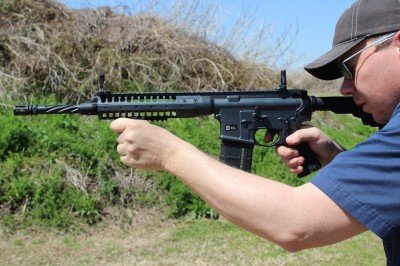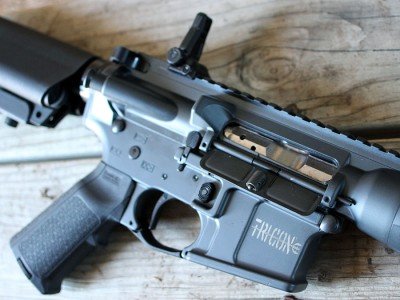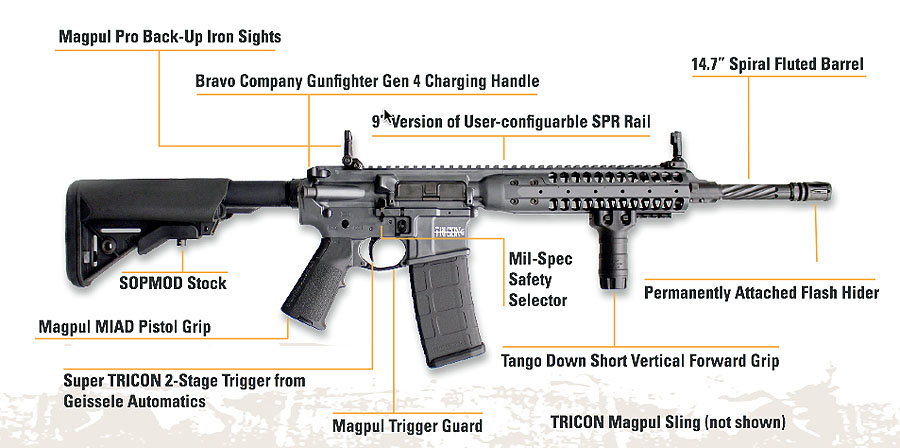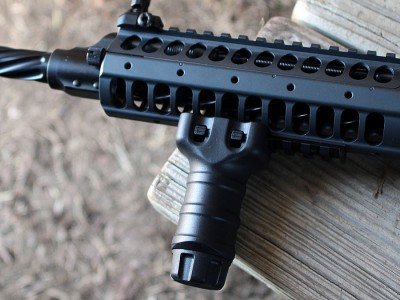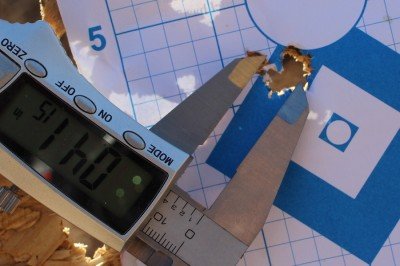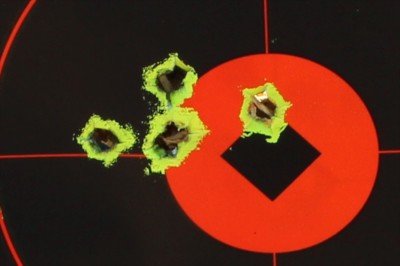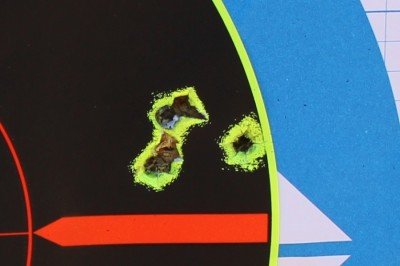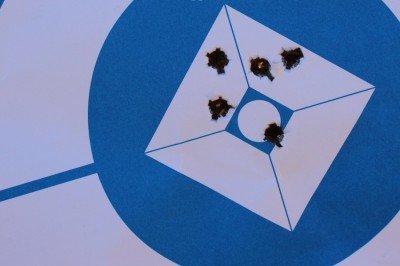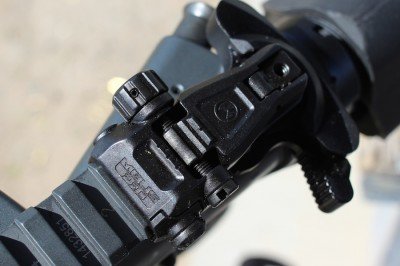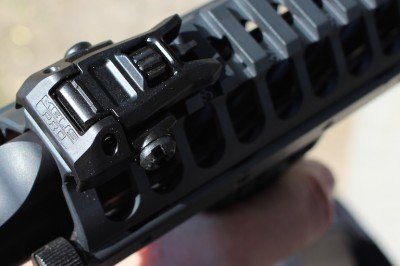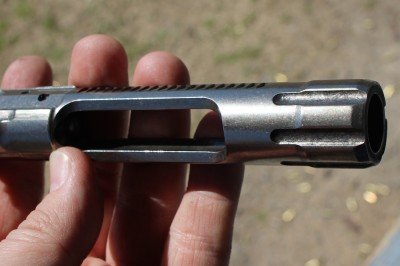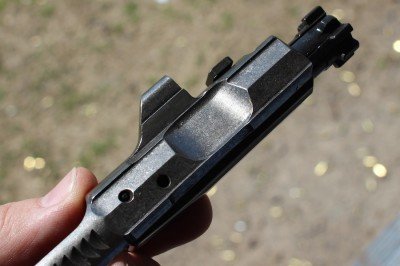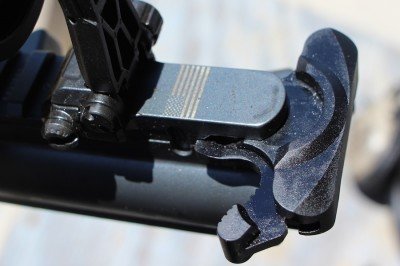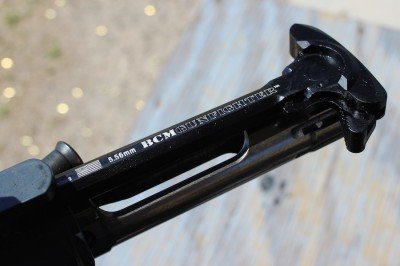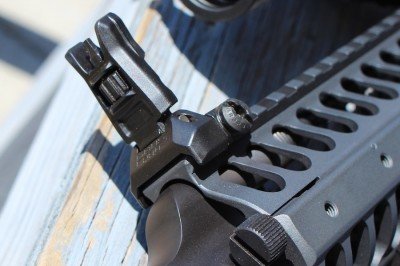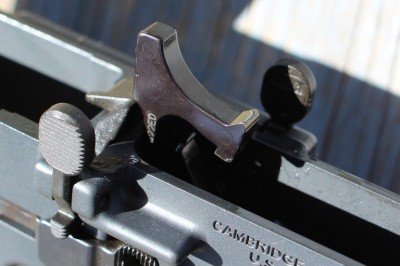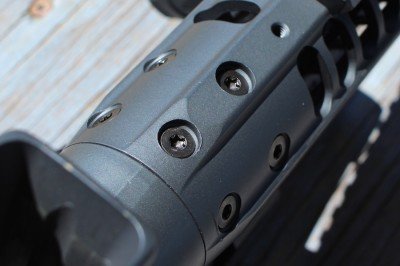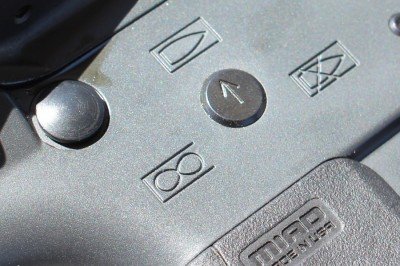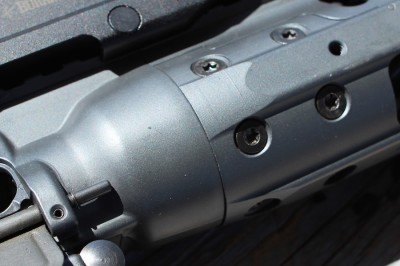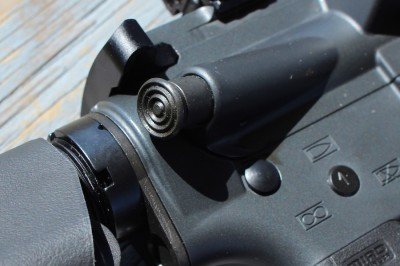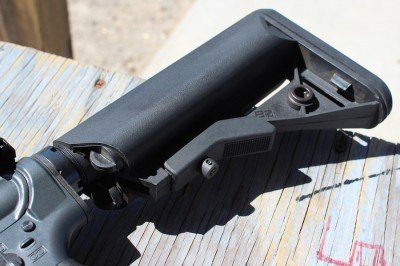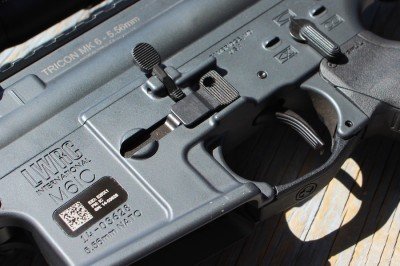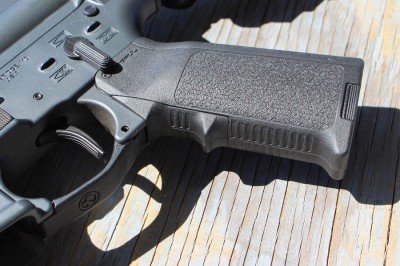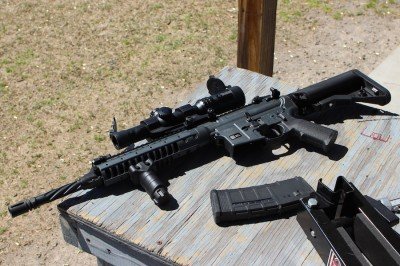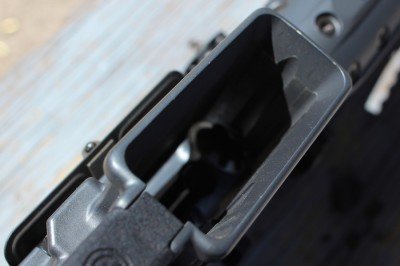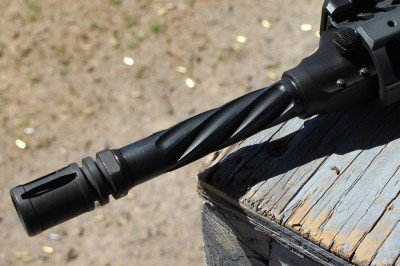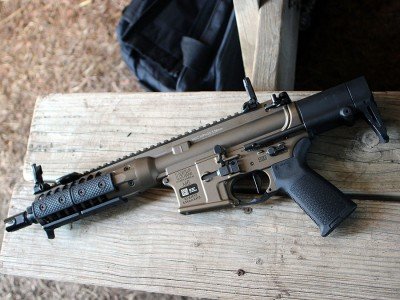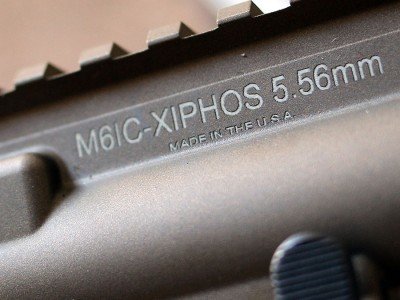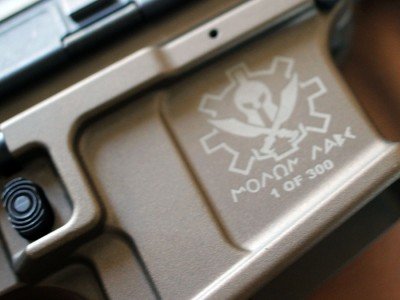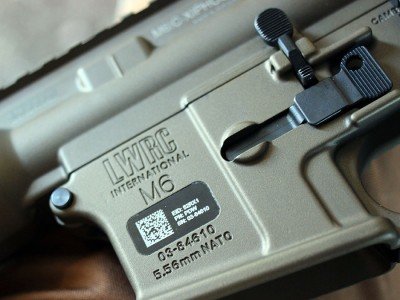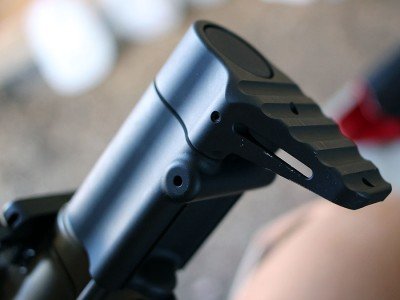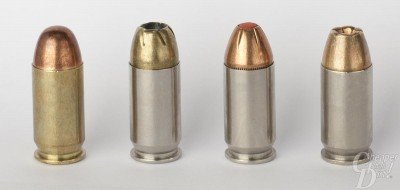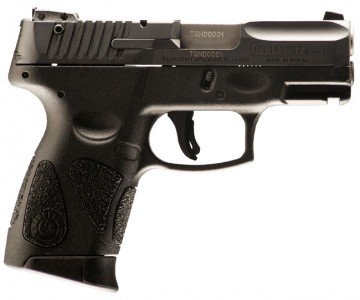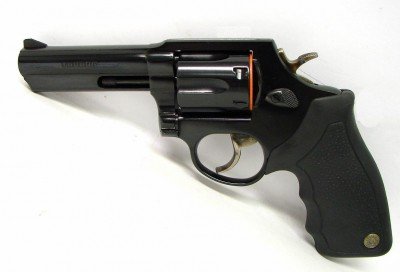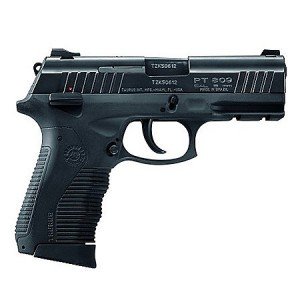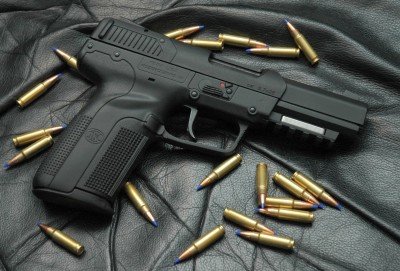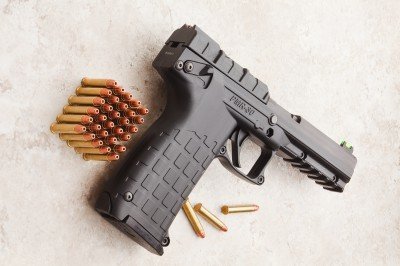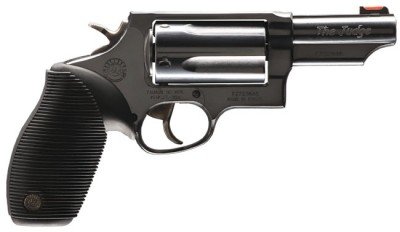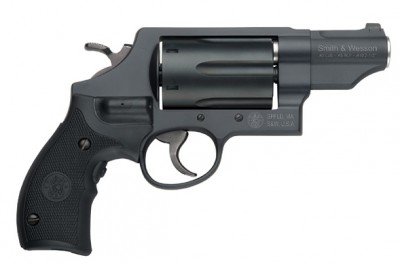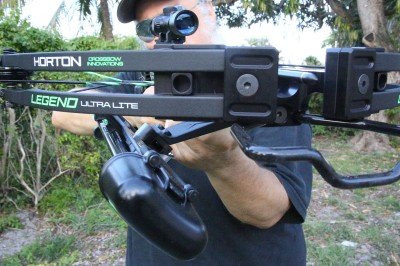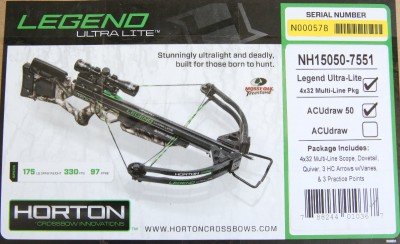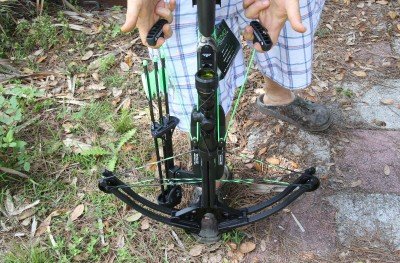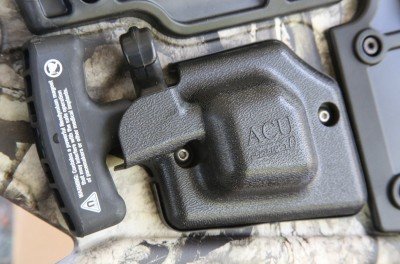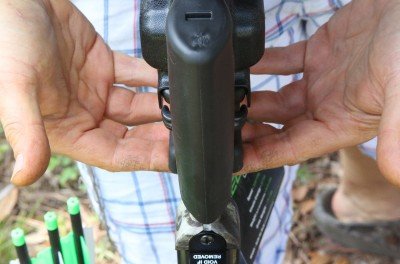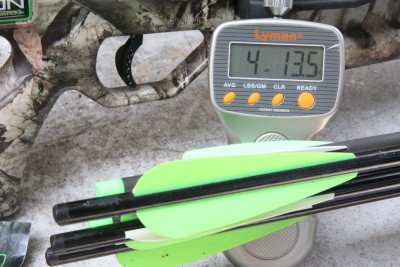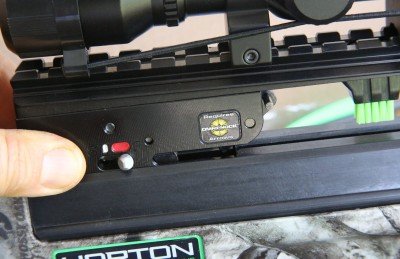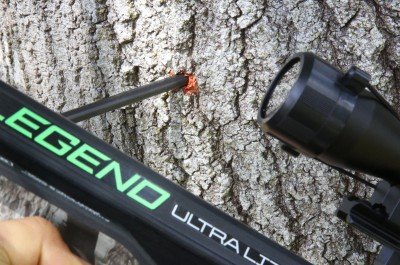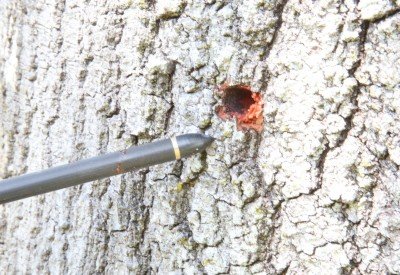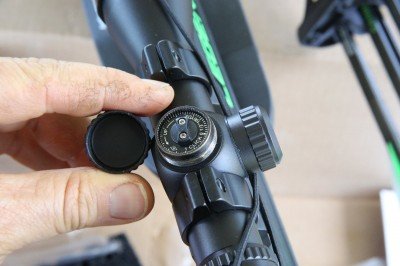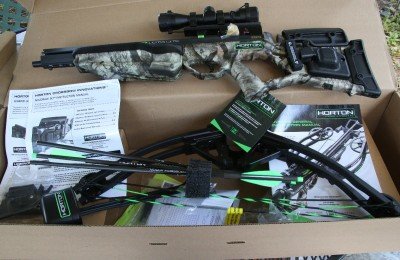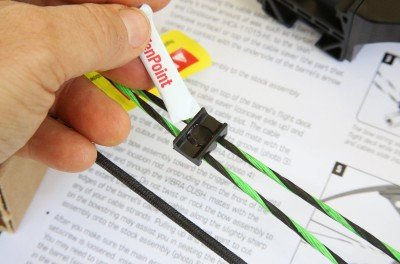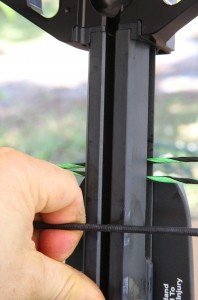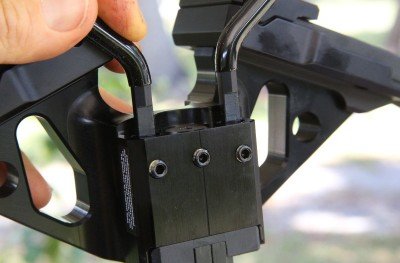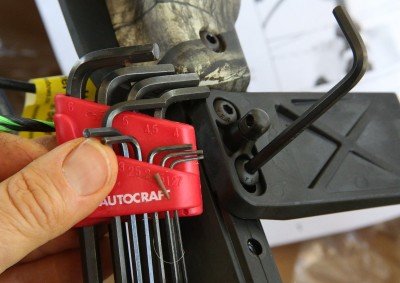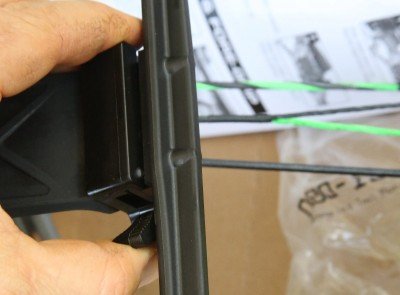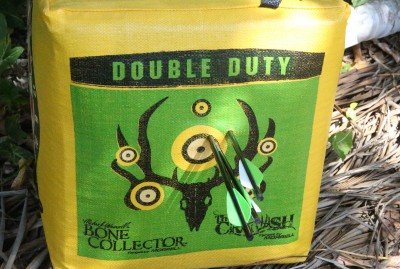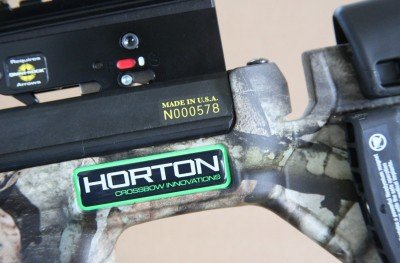LWRC Tricon MK6–The Refined Fighting Carbine
Aimpoint T1 offer: https://www.lwrci.com/aimpointpromo
Tricon MK6: https://www.lwrci.com/tricon MK6
Buy one: http://www.gunsamerica.com/LWRC Tricon MK6
Alright. On with the review. And let me be completely transparent–I’ve been looking forward to this review for a long time now. For those of you reading this who may not know any gun writers personally, there is a growing too-cool-for-school attitude that is dominating the industry. I’ve seen writers who review capable, reliable guns come away with the “ho-hum, its okay” stance. To hell with the hipsters. If it works, I’ll tell you. And I’m not going to pretend I’m not awe struck by what LWRC puts together. Every year at the SHOT Show, I hit their booth and stand around for an hour or so handling rifles I know I’ll never actually own.
So when a Tricon MK6 arrived at my FFL with my name on it, I was kind of giddy. I’ve taken the rifle with me to the range for a couple of months. Every time I work out another gun, I put the MK6 up against it. My own AR, the typical Frankenstein’s Monster style AR built over several years, looks pretty crude in comparison.
And that’s where we’ll begin the deep thinking of this review. The Tricon MK6 is an expensive rifle. I’ve seen the gun for sale anywhere from $2,200+ to $2,500. While that isn’t out of line for a select group of high-end AR makers, it will seem high to anyone who is accustomed to entry level black rifles.
Do you get what you pay for?
Some guns exist in a category all their own. If you want a GLOCK 43, for example, you buy a GLOCK 43. You could argue that it is a 9mm single stack, and that the 9mm single stack pistol is its own genre, but each gun made by each manufacturer is unique. The .45 ACP 1911 may be a better analogy, as there are (how many–hundreds?) of companies making the 1911, and all are working off of the same basic blueprint. Yet, despite the gun’s modular origins, you can’t always mix and match parts.The AR-15 is different. It may be worth noting that the AR-15 moniker was once a proprietary trade name, and that many who work in the AR-15 idiom give these rifles their own nomenclature. But they’re still recognizable branches of the Stoner Family Tree. And almost all of them are still designed with modularity in mind–which makes it even harder to differentiate them from each other. If they all have to share parts, they have to be really similar.
So why the broad range in prices? At the end of 2014, I saw ARs on sale for less than $500, lots of them. Perfectly serviceable rifles with great components regularly sell for under $1,000. So what differentiates a $2,500 AR from the rest of the black rifle market? Why should you buy one LWRC instead of 5 others?
Value is a complicated nut to crack. There’s no question that LWRC’s guns exist on a plane above the run-of-the-mill black rifle. You can glance at the Tricon MK6 and see some of the differences. There are some aesthetic nuances that make the LWRC guns unique. There are some performance based modifications that fit into this equation, too, though the AR-15’s reputation for reliability leaves a narrow window for improvement. So what else?
Lets get into this build
LWRC worked with Jeff Gonzales, a former SEAL who leads the instruction at TRICON (Trident Concepts), to develop this rifle. There are several features on the gun that are slight modifications of the typical LWRC set up, and all come together in a unified package. If you want to learn more about what sort of training Gonzales offers, check out the Tricon school here: http://www.tridentconcepts.com/weapons-training/. This isn’t your average, run-of-the-mill intro carbine line-up. It is built on the M6 Individual Carbine platform, but has some custom features.The most visually distinct aspect of this rifle would have to be the fluted barrel. Barrel fluting reduces weight while leaving enough material for structural integrity. It also provides more surface area on the steel, which helps dissipate heat. In this case, the barrel has been cut to below the 16″ mark, and the flash hider has been permanently affixed to get it up to a legal length.
The rest of the details all feel both coordinated and intentional. This is a defining feature of guns in the higher price range. Most low priced builds cobble together stand-in parts. Everyone knows that you’ll buy an entry-level AR and immediately begin swapping out parts. By the time you’re done, your AR will have as many original parts as Darth Vader. And the price tag for the after-mod version would be staggering if you had to pony up for everything all at once.
The Tricon MK6 is built with a lot of Magpul components. From the mags to the sights, almost everything that can be made by Magpul is. The sights are worth mentioning. These are the MBUS Pros, and made of steel. The slim profile looks sharp, and the steel construction makes them even more rugged than the original MBUS design.
Geissele’s two stage trigger is also a fantastic upgrade over what you’d find on a base model. There’s no comparison between it and a typical milspec trigger.
In the end, the components are rock solid. LWRC’s chosen configuration combines to make a very functional rifle that, all told, would cost less to buy in this configuration than if you went out and added all of these parts to a cheap AR lower. Reliability should be taken as a given, but the way it works–again subtle–is worthy of a closer look. Check out the controls. This is one area that a lot of folks begin modification. The LWRC guns come ready.

I’m
a big fan of these controls. It is one of the first things I usually
change on any AR that I use frequently–but these are all easy to index
and reach. But the mag release is the best.
What do you give up?
Well, this one is harder to answer. The first sacrifice I see comes at the expense of the pinned flash hider. 14.7″ of barrel instead of 16″? I understand the impulse, but I think the reality of this decision is hard to justify. As the AR platform is built on modularity, I want to be able to choose the right muzzle device. I still can, but it is a pain in the ass. And using a suppressor is also much more complicated. Not impossible, by any means.This is a gun you accept on its own terms. At least that’s how I see it. If you like the mix and match jigsaw puzzle sort of AR build, you’ll be frustrated the Tricon. From the short piston gas system to the way the rail fits on the forend, down to the slate grey finish, so much of the Tricon is meant to fit and function just exactly as it is. Don’t get me wrong–the way it is works exceptionally well.
Take the slate grey finish and the short barrel. While neither of these would be choices I’d make personally, I like them both. You can travel with this gun without any paperwork hassle. For urban settings, where there are vehicles and doorways, the short barrel would be useful. And the grey color is very adaptable for urban environments. It disappears in darkness, and looks a bit like wet asphalt. So it all comes down to interpretation, and intended use.
Shooting
I guess this is where everything comes together for me. I’ve put thousands of rounds through ARs, and I’m accustomed to respectable accuracy. The Tricon performs a bit better than that. Groups at 100 (from the bench) were one ragged hole. The barrel didn’t seem to be as prone to heating as many. The short rail works for me, only because of the foregrip. The balance is excellent. The controls are perfect. I’ve shot the gun in sub freezing conditions, in snow and in rain, clean, dirty, and with every flavor of 5.56 and .223 I can get my paws on, and there has yet to be a hiccup. The piston keeps the guts of the upper from fouling as fast. And I feel like it dampens the recoil in a positive way, though I can;t support that scientifically. What I will say is that the rifle shoots flat. And fast.Conclusion
The Tricon MK6 is a limited edition from LWRC. In many ways, they’ve taken what is, for many, a cost prohibitive level of perfection and made it even more exclusive by producing a small number of guns. I don’t see that as a bad thing. These same features are available on the other guns in the LWRC line-up. And more. I’d like to have the option of an adjustable gas block, as I’m always entertaining the idea that I may want to run a 5.56 suppressed. And I’m not opposed to either longer barrels or shorter barrels.But this is one hell of a package. The component parts come together exactly as they should. It clearly isn’t the rifle that I would have built if I had access to the workshop, but it is a beast. This is a rifle I didn’t know I needed until after I worked with it for a bit. The LWRC components stand a cut above those of the competition. The resulting rifle is as fine an example of the AR-15 as I’ve ever seen. And I’m not just blowing sunshine up LWRC’s gas tube. This gun is the shit. In fact, there is only one black rifle that I’ve shot that I liked more–and it, too, was from LWRC. It is the Xiphos SBR pictured way down below.
